A job safety analysis (JSA) OR Job Hazard Analysis (JHA) OR Job Hazard Breakdown is a process by which we can integrate Safety and health procedures and implement the same into a task or a job.
It is a systematic method of Hazard recognition and it`s mitigation.
In a JSA, Identification of potential hazards in each steps to be carried out and to recommend/Implement the safest way to complete the job.
It is also known as “job hazard analysis (JHA)” and “Job hazard breakdown”.
How we can identify potential hazards?
For example, Ask questions like below to get list of potential hazards,
- Chances of falling objects?
- Slip, Trip, Fall Hazard?
- Lighting issues?
- Ventilation issues?
- Unfavourable weather conditions?
- Radiation hazard?
- Mechanical hazards?
- Electrical Hazards?
- Hot environment?
- Chemical Hazards?
- Ergonomic hazards such as strain from lifting, pulling etc.?
- Extreme heat or extreme cold hazard?
- Environmental hazards such as dust, fumes, mist, vapors, aerosols, etc.?

Advantages or Benefits of Doing a Job Safety Analysis:
- Job Safety Analysis don`t rely on individual, it is team effort and team output.
- It gives clear picture of Hazard/Risk/Danger of the workplace in advance.
- Detection of hazard at early stages of Job/Task through JSA procedure.
- Awareness on health and safety increase as communication between different levels of the team during performing JSA.
- Safe work procedure acceptance promoted as it is integrated in JSA.
- It also helpful in incident investigation procedures.
- JSA helps in fulfilling legal compliances and meet safety standards.
- It helps to prevent accidents in work place, thus minimize loss.
- JSA saves time required for new comers training and helps quick on boarding.
- It Minimizes risk by making workmen aware about hazard and/or danger.
- JSA helps in standardisation of work procedures, work method statements,etc.
- It is helpful in ensuring safe work environment.
- Helps to improve work quality with safety.
- Documentation fulfils various audit and other legal requirements.
- It helps to identify hidden hazards.
- It aids training in form of job briefing with hazards and risk associated with job/tasks.
- JSA makes Hazard identification and risk assessment process stronger in terms of communication and implementation at ground level.
Which job requires job safety analysis?
- Ideally, all job should gone through JSA.
- Tasks/Jobs which has high incident rate in past.
- A job which has high potential to cause harm/fatality.
- Tasks/Jobs where human error may have chance to lead incidents, fire and /or explosion.
- Job where there is no prior expertise available.
- Job Complexity.
- Shut down or restart of plant/Machinery/projects.
- Job which has serious impact on health and safety.
Who are the members of “Job Safety Analysis Team”?
- Individual/Team of individuals who are performing task.
- Supervisor.
- Person from Safety Department.
- Technical experts.
- In-Charge of area.
- Person from engineering and maintenance department.
- It is depends on complexity of job, number of team members varies.
Assessment of Hazards for Job Safety Analysis:
- Do past assessment on the basis of
- Workmen remarks, suggestions and complaints.
- Past accidents including near misses.
- Audit recommendations.
- Walk through survey/safety inspection remarks.
- Past Non-compliances if any.
- Ask questions with “What” for brain storming;
- Can go wrong?
- Possible consequences?
- How it may happen?
- What
- Contribution factors?
- Probability of hazards and risks to occur?
- Control measures in place?
- Preventive measures in place?
Steps for hazard elimination by means of Job Safety Analysis.
- Elimination.
- Substitution.
- Isolation.
- Engineering control to prevent hazards.
- Administrative controls.
- PPE procurement and assurance of its usage.
- Safe operating procedures or standard work method statement in place with proper supervision.
Join us:
Telegram
You tube
Medium

